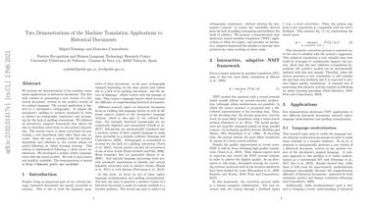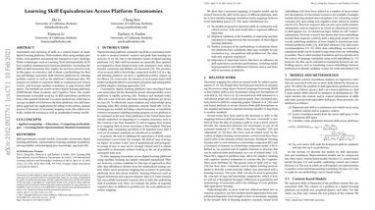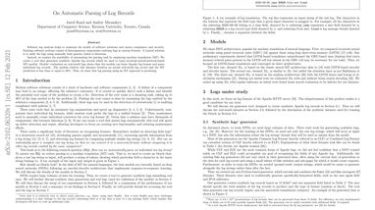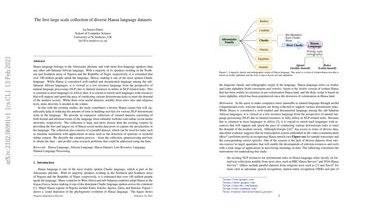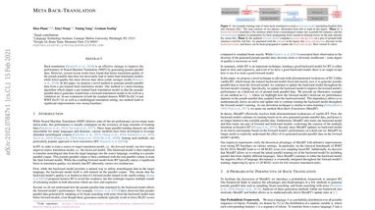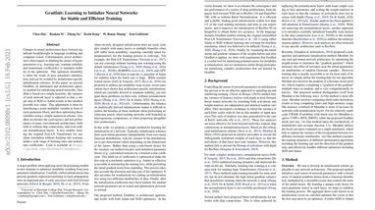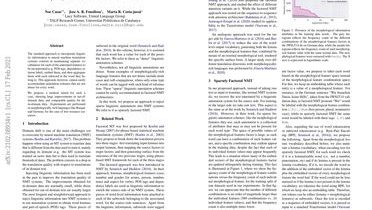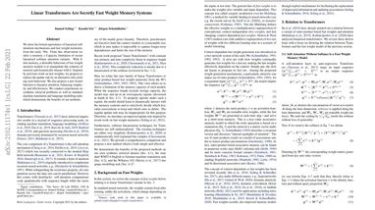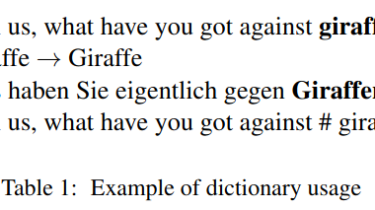Two Demonstrations of the Machine Translation Applications to Historical Documents
We present our demonstration of two machine translation applications to historical documents. The first task consists in generating a new version of a historical document, written in the modern version of its original language… The second application is limited to a document’s orthography. It adapts the document’s spelling to modern standards in order to achieve an orthography consistency and accounting for the lack of spelling conventions. We followed an interactive, adaptive framework that allows the user to introduce corrections to […]
Read more